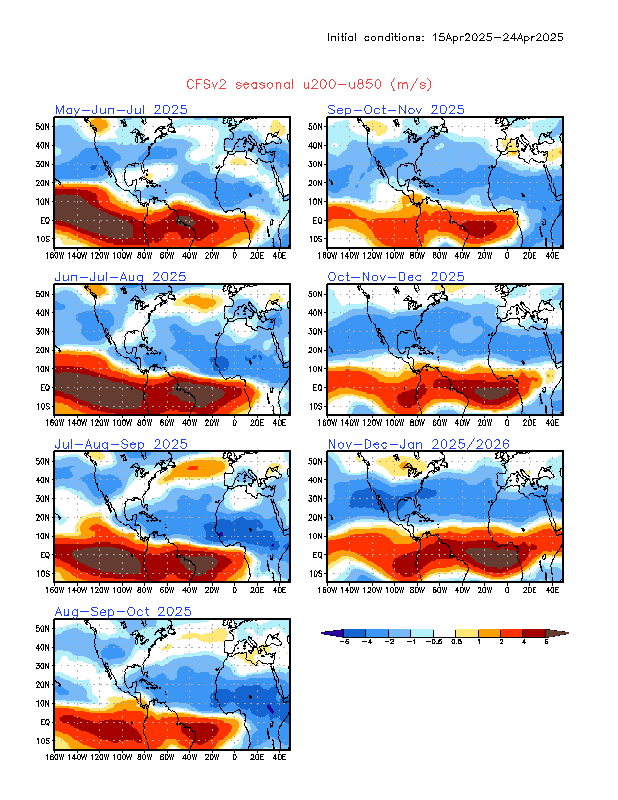As many eyes are watching the Pacific, I decided to do some numbers crunching for ACE regarding El Nino. Perhaps it may give some insight as to what might occur when looking at total energy output of a season.
Using this graphic posted by our friend
Cycloneye as guidance
http://i58.tinypic.com/aewapw.jpgAverage Atlantic ACE a season: 93.2 unitsAverage ACE during El Nino: 72 units; equates to in general below average
_______________________________________________________________________
Breaking down between the intensities:
Weak El Nino; 1951, 1976, 1977, 1994, 2004, 2006
Average ACE:
96.5 units; equates to in general near average to slightly above
Moderate El Nino: 1963, 1986, 1991, 2002, 2009
Average ACE:
62 units; equates to below average
Strong El Nino: 1957, 1965, 1972, 1982, 1997
Average ACE:
53 units; equates to well below average
Super El Nino or arguably +2C or the big 3; 1972, 1982, 1997
Average ACE:
32 units; equates to bottom tier top 15 quiet seasons
Disclaimer: All assuming an El Nino does play out by ASO. Does not assume any individual storms or impacts. For any land-falling statistics refer to Stephen23's great work











